In his recent book Breathless, David Quammen writes, “The discernment of truth – let’s make that “truth” because it’s such an imperious and suspect word – comes from listening to many voices. For a case in point, our pandemic. We need to hear many voices, and we need to help one another understand.”
That’s true for the pandemic and it’s true for conservation. Solving conservation’s biggest issues – and even deciding what it is we’re conserving, and why – is complicated. It’s a field that inevitably involves differing human needs, values and worldviews.
Earth Day, for all its festivals and soundbites, is at its core about the big ideas of conservation. Its origin can be traced to books like Aldo Leopold’s Sand County Almanac and Rachel Carson’s Silent Spring. You could do worse in celebrating Earth Day by digging into a good book.
Here, I offer some suggestions to get you started. Whether you’re looking to dig into the big ideas like biotechnology or the science of pandemics, or just want to take a new look at a backyard bird (or your backyard itself), I hope you find something here that helps you better understand our world.
-
Breathless
By David Quammen
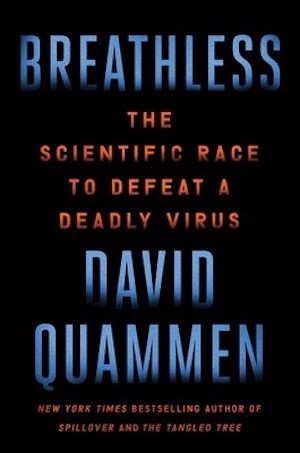
Quammen is one of my favorite writers; I’ve been reading his work for nearly 30 years. Song of the Dodo is a must-read for conservationists but I’ve enjoyed all his work. Still, I thought I had no capacity to read any more about the pandemic. Then I picked up Breathless: The Scientific Race to Defeat a Deadly Virus at a bookstore, in an idle-browsing kind of way. I started reading and couldn’t put it down. This book delves into the science of the Covid-19 pandemic, including the virus’s origins, its emergence and how researchers raced to understand it.
It’s a page turner about molecular evolutionary biology, a feat perhaps only Quammen could pull off. As with his other books, ecology and even conservation figure prominently. This book illuminates how major global issues are often interrelated and interconnected.
I finished this book awed by the breadth and depth of human knowledge brought to bear in solving the mysteries of the pandemic. (Admittedly, I also felt a bit of despair at the widespread ignorance that undermines this knowledge). This is science writing at its finest. This book isn’t always easy, but it nonetheless will keep you reading way past bed time.
-
Life As We Made It
By Beth Shapiro
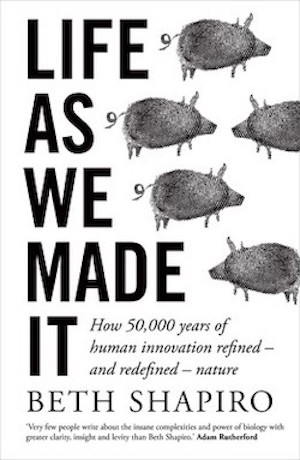
Is biotechnology a grave threat to nature, or its greatest hope? Whatever your answer to this question, I urge you to read Beth Shapiro’s provocative Life As We Made It. Shapiro, an evolutionary biologist, presents big ideas that all conservationists should consider.
Shapiro argues that humans have been altering environments for at least 50,000 years, shaping plants and animals to best meet our needs. She includes conservation as among the ways we manage and alter the world to make life better, using artificial techniques like captive breeding, reintroduction and invasive species control to make environments more “natural.”
Shapiro argues, given the huge problems facing humanity and biodiversity, we need to go farther. We need to use all the tools at our disposal, including genetic modification, cloning and technologies we may not have even imagined. She envisions a world where American chestnuts thrive after being genetically engineered for disease resistance, and where invasive species are eradicated by gene editing.
You may not agree with every premise; I certainly didn’t. But she presents ideas that deserve serious thought. She’s a great writer and wrestles with big ideas. It’s worth your time to wrestle with those ideas, too.
-
Duet: Our Journey in Song with the Northern Mockingbird
By Phillip Hoose
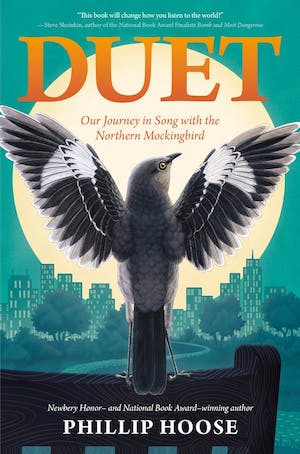
Phillip Hoose enjoyed a 37-year career with The Nature Conservancy and has since become a prolific writer and National Book Award winner. Here, he turns his attention to the northern mockingbird, arguing that it is perhaps the most important North American bird species in the lives of humans.
People have been always entranced by the mockingbird’s songs that can mimic a wide range of other sounds. Hoose traces how human history, pop culture and conservation intertwine with mockingbirds. These birds figure prominently in Indigenous creation stories. A mockingbird was the first White House pet. They are central creatures in early conservation campaigns, not to mention lullabies, pop songs and bestselling novels.
This is a book aimed at young adult readers, but I think any bird nerd would enjoy the nature facts and entertaining writing. And it will give you added appreciation for the mockingbirds in your backyard.
-
Trees of the West: An Artist’s Guide
By Molly Hashimoto
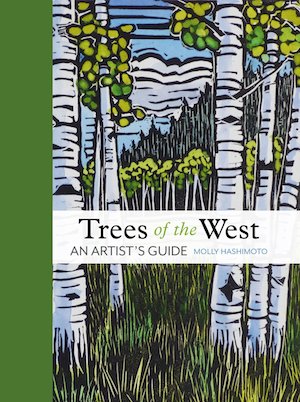
This is a lovely book combining art, natural history and storytelling. Molly Hashimoto features 46 trees of the western United States, with artwork including watercolors, sketches and etchings. The art is enough, but Hashimoto also includes detailed (and well-written) natural history descriptions, based on her own personal experiences with the trees.
Sprinkled throughout are stories of conservation, nature poetry and information on the biogeographic regions where the trees are found. For the creatively inclined, she also includes helpful tips on painting, sketching and etching trees.
This is a beautiful volume but it’s not a coffee table book; it’s readable and packed with excellent natural history information.
-
A Naturalist’s Companion
By Dave Hall
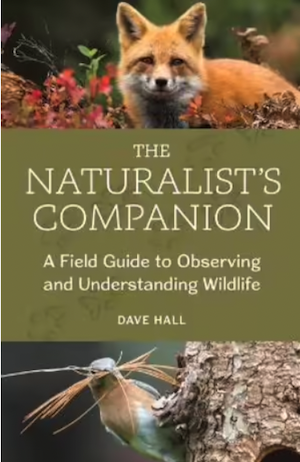
This is one of the best books on observing wildlife I’ve ever read, and I’ve read a lot of them. A Naturalist’s Companion describes not only how to see wildlife, but how to do so without disturbing the animals…and how to make sense of what you see.
I was enthusiastic to read a book by someone who shares my approach to nature activities; Hall advocates for a low-tech that relies on field skills and alertness. He walks you through essential skills, describes how to interpret wildlife behavior and emphasizes quality, ethical animal encounters. You will learn the basics of tracking and reading sign, how to responsibly call wild animals and why being a naturalist matters.
I especially appreciate that, unlike many such books, this one does not focus exclusively on wilderness experiences. Hall shows how anyone can make quality wildlife observations in a yard, a city park or nearby woodlot. It’s a real gem that now sits on the bookshelf with my favorite nature references.
-
The Fly Trap
By Fredrik Sjoberg
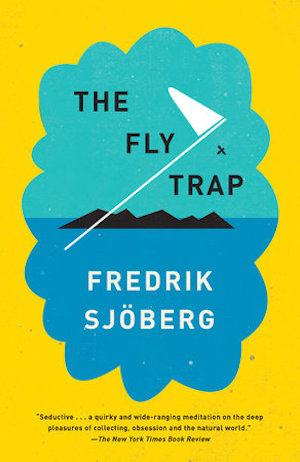
How have I not encountered this book before? This one is just pure enjoyment, a humble book about the eccentric life and views of an old-school field biologist. Sjoberg is an entomologist who studies hoverflies on his 15-square-mile island home, obsessively collecting the insects and studying them at his home.
He pursues hoverflies with a passion but does not take himself (or his science) too seriously. In fact, he is quite open that he pursues his research because he enjoys it and for no greater worldly good. And what a breath of fresh air!
Like many great nature books, this is about a lot more than hoverflies. He reflects on the history of entomology, the importance of limits in science, the manic motivations of collectors and the joy of small creatures.
I suspect that this book will particularly resonate for anyone who, like me, lives for obscure obsessions that we pursue for our own reasons. From the first page, I could not stop myself from smiling. A real gem.
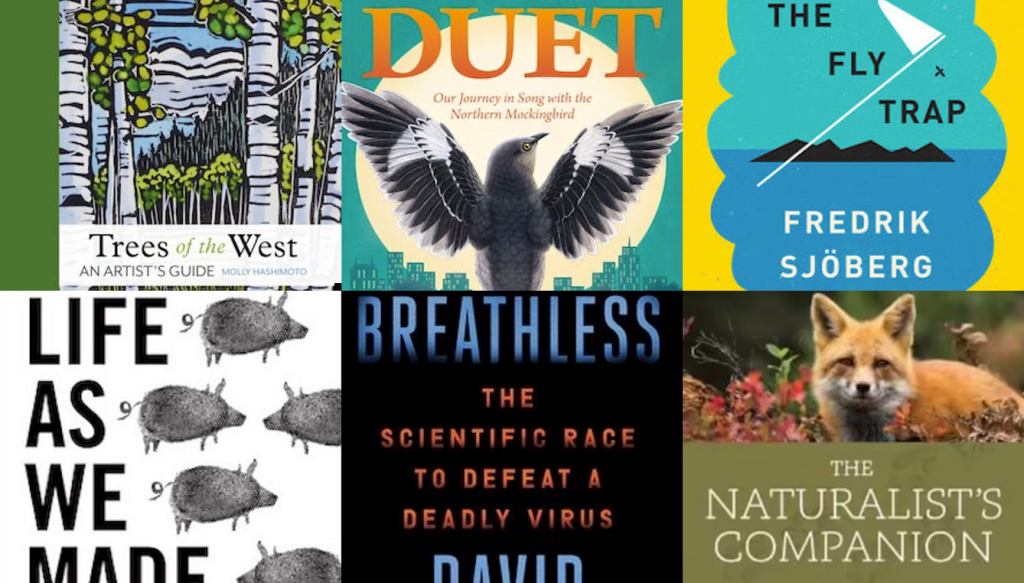



Join the Discussion
1 comment